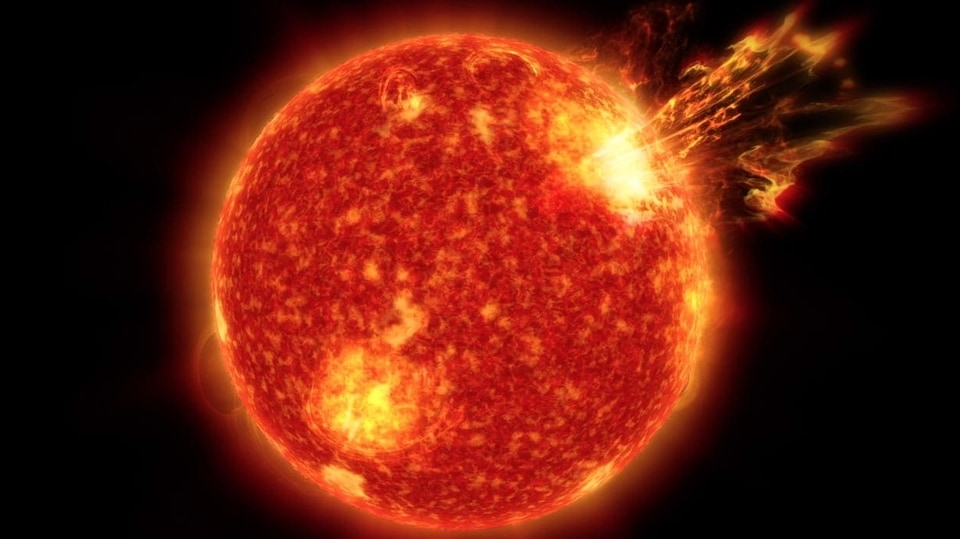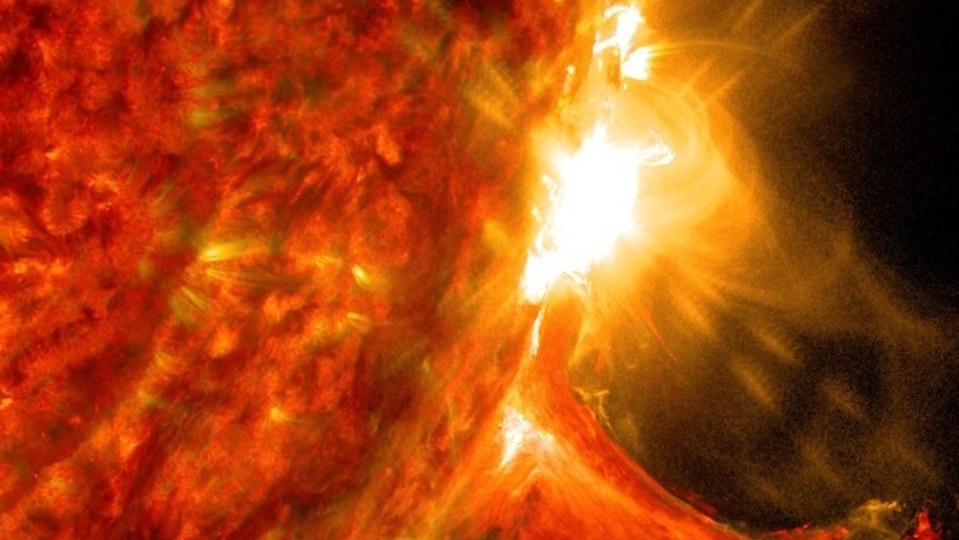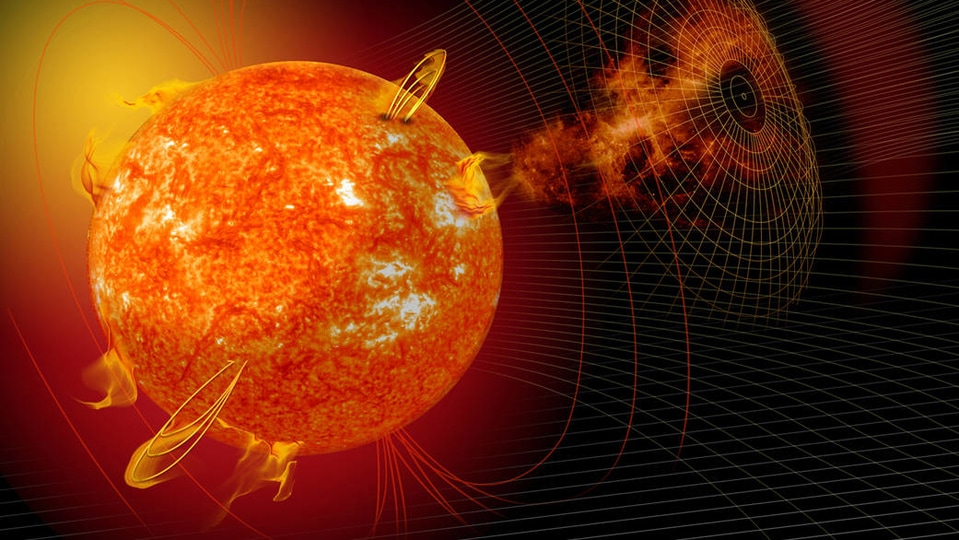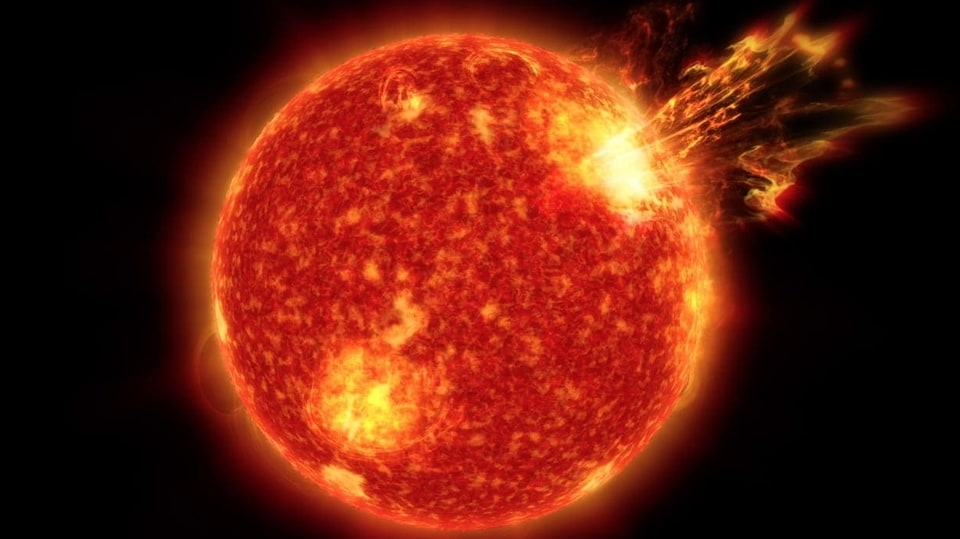Huge solar flare just hit Earth today; causes blackout in Australia, NZ
A dangerous M-5 class solar flare hit the Earth today causing a radio blackout in Australia and New Zealand.




_1639373804152_1639373815879.jpg)

 View all Images
View all ImagesAs the Sun enters the peak of its solar cycle, more solar flares, solar storms and geomagnetic storms are expected to hit the planet. The Sun is in the middle of its 11-year solar cycle leading to an increase in solar activity and solar output in the past few months. Strong Coronal Mass Ejections (CMEs) have been observed being emitted from the Sun in the past couple of days. Today, a strong M-5 class solar flare hit the Earth during early hours, causing a radio blackout.
According to spaceweather.com, M-5 class solar flare hurled from the Sun as the result of an eruption of a Sunspot AR3141 at 0011 UT today, November 7. The solar flare caused shortwave radio blackouts around the South Pacific, including part of Australia and all of New Zealand.
“Sunspot AR3141 exploded on Nov. 7th (0011 UT), producing an impulsive M5-class solar flare. Radiation ionized the top of Earth's atmosphere and caused a shortwave radio blackout over the South Pacific, including part of Australia and all of New Zealand,” the spaceweather.com reports said.
What are Sunspots?
According to NASA, Sunspots are dark areas on the solar surface which contain strong magnetic fields that are constantly shifting and can form and dissipate over periods of days or weeks. They occur when strong magnetic fields emerge through the solar surface and allow the area to cool slightly.
What happens when solar particles hit the Earth?
As the particles spewed out by the Sun during the CME reach Earth, they interact with Earth's magnetic field and cause the formation of Geomagnetic storms. When solar particles hit Earth, radio communications and the power grid is affected as it impacts the planet's magnetic field. It can cause power and radio blackouts for several hours or even days. However, electricity grid problems occur only if the solar flare is extremely large.
Auroras form as a result of the Coronal Mass Ejection (CME) from the Sun which sends solar fares hurtling towards Earth. Geomagnetic storms are often the precursor to stunning streaks of green light across the sky known as Northern Lights or Aurora Borealis.
Catch all the Latest Tech News, Mobile News, Laptop News, Gaming news, Wearables News , How To News, also keep up with us on Whatsapp channel,Twitter, Facebook, Google News, and Instagram. For our latest videos, subscribe to our YouTube channel.

























